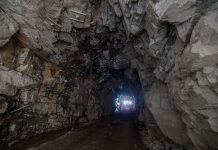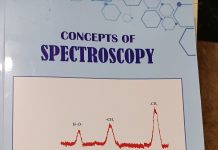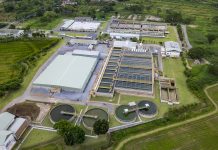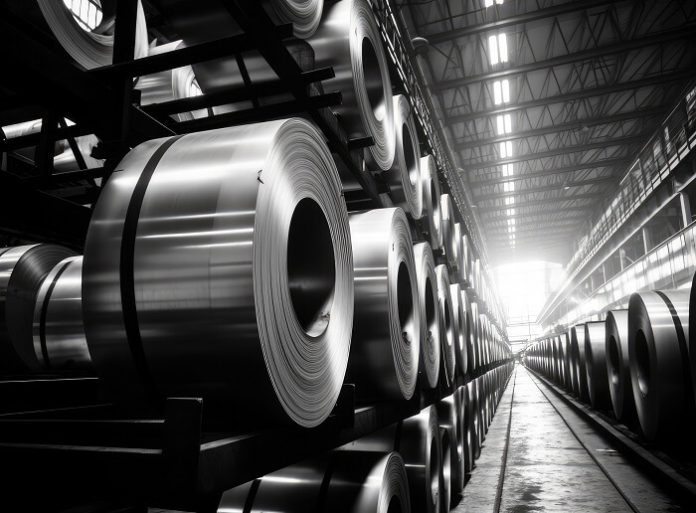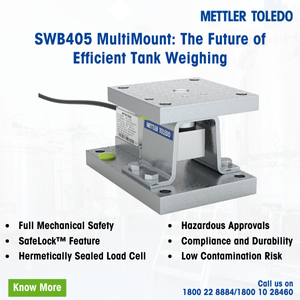A consortium led by the Institute of Minerals and Materials Technology (IMMT) announced plans to pilot India’s first green steel manufacturing initiative, utilizing hundred percent hydrogen-based direct reduction of iron (DRI). The steel ministry will provide partial support for this project.
In industrial-scale hydrogen-iron making, known as DRI, oxygen is removed from iron ore using hydrogen instead of high carbon-emitting fossil fuels, resulting in water as the waste gas. The resulting sponge iron is then used in an electric arc furnace where electrodes generate a current to produce steel.
Recently, the steel ministry issued tenders under the national green hydrogen mission, with an allocation of ₹455 crore, inviting industry participation to pilot green steel-making, which involves significantly lower carbon emissions. The pilot project aims to use hydrogen as an alternative to traditional coking coal.
IIT–Roorkee, recently presented a proposal to the ministry for retrofitting coal-intensive blast furnaces to use gas or bio-coke as alternatives. The urgency to decarbonize the steel industry is critical.
In India, steel production heavily relies on coking coal in traditional blast furnaces, leading to substantial carbon dioxide emissions. Electric arc furnaces, typically used in recycling scrap or the final stages of steel production, are less carbon-intensive but can still be highly polluting.
As reported by thehindubusinessline.com, globally, steel production is responsible for 7-9 percent of annual CO₂ emissions, according to the World Steel Association. The average CO₂ emission intensity of the steel industry was projected to decrease from 3.1 T/tcs in 2005 to 2.64 T/tcs by 2020 and aims to further reduce to 2.4 T/tcs by 2030.



